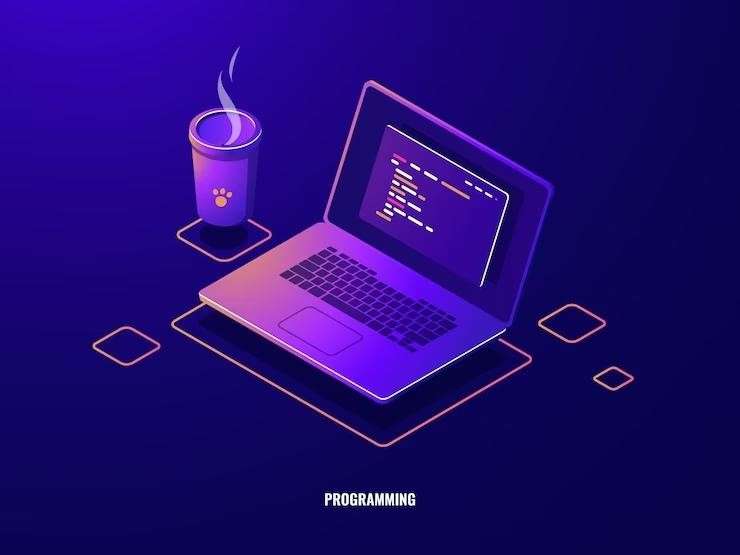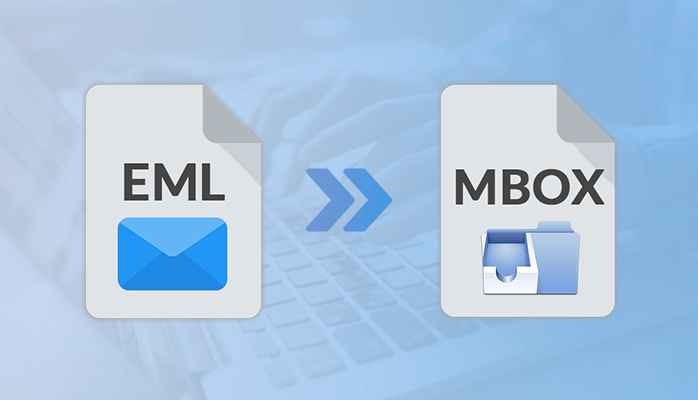Laravel’s core team is committed to doing all in its power to become the platform of choice for entrepreneurs in the face of the ever-increasing demand for superior services and updates in the market.
If you’re looking to develop a web application using Laravel, you can hire Laravel developers with expertise in developing web applications using this framework. They’ve released Laravel 10, the newest installment of their popular web development framework, in keeping with this goal.
Thus, we’re here to fill you in on What’s New in Laravel 10, including the most recent features and upgrades that will pique the interest of developers and company owners and encourage them to upgrade their current Laravel apps.
Laravel 10 Release Date
Following the Semantic Versioning technique, Laravel and its first-party packages provide significant annual upgrades to the framework in the first quarter.
More minor modifications, however, may be made whenever they’re required. On February 13, 2023, the newest version of the Laravel framework was made available to the public, including several noteworthy improvements and new capabilities.
A new Laravel version was published about every six months in the past. Since the launch of Laravel 9 in February 2022, the core team has been releasing major versions of the framework year, as shown below.
- Laravel 9: February 8, 2022,
- Laravel 10: February 13, 2023,
- Laravel 11: February 6, 2024
The planned bug fixes and security updates for Laravel 9 will be provided until August 8, 2023, and February 6, 2024, respectively, according to the official Laravel News Page. While this happens, Laravel 10 is anticipated to get bug patches until August 6, 2024, and security updates through February 4, 2025.
Latest Features and Updates in Laravel 10
It is advised to use version limitations like “10.0” when referring to the framework or its components in an application or package since the core team behind the framework always strives to provide the best user experience.
This is because significant changes may be introduced in later and updated versions.Several significant advancements in the most recent version of Laravel 10 are advantageous to product owners.
Let’s examine these modifications in more detail:
- PHP 8.0 Support Dropped
You must update to PHP 8.1 or 8.2 if you want Laravel 10 to continue working with PHP 8.0. As soon as a new version of Laravel is published, you don’t necessarily need to update your Laravel apps right away.
Even so, it is still advised to do extensive testing, particularly for tasks involving paying customers or workers. Also, you must update to Predis v2 since Predis v1 support has been deprecated along with PHP 8.0.
- Introduced Laravel Pennant
One easy way to roll out new features inside your application is with the help of the Laravel Pennant, a simple and lightweight feature flag package. It also supports trunk-based development methodologies and has an interface design for A/B testing. Without altering the code, the feature flags may turn a feature on or off at runtime.
- Easy Process Handling
You may execute external processes in your Laravel application thanks to the simple and comprehensive API that Laravel provides for the Symphony Process component. This process feature handles frequent use cases and offers a much-enhanced development environment.
- Invokable Validation Rules by Default
While establishing a new Invokable rule with Laravel 9, including the -invokable parameter after the artisan command was essential, you can easily create a new Invokable rule in Laravel 10 by running the following command:
php artisan make:rule CustomRule
Also, since the boilerplate code is clear and straightforward, developers will find writing their unique validation criteria easier.
- Application Skeleton Code with Type Declarations
Before, Laravel’s skeleton code included DocBlocks to describe each piece of code’s purpose and the replies and arguments it generates. All user programs inside the framework formerly lacked type-hints or return types. However, this has changed with the introduction of the latest Type of Declarations.
These alterations are helpful additions that maintain compatibility with the original framework. Method Parameters, Return Types, avoiding unneeded annotations where possible, not using the Types property, and granting access to closure arguments all fall under this category.
- Removed dispatchNow()
The ‘dispatchNow()’ function was eliminated in Laravel 10 since it had been deprecated in Laravel 9 in favor of ‘dispatchSync().’ Replacing it in your current projects is crucial since it is a breaking change, but the fix is straightforward.
- Deprecations from Laravel 9
Several methods in Laravel 9 have been marked as deprecated and will eventually be removed from the Laravel 10 branch due to the latest upgrade.
Laravel has updated its documentation to detail the upgrading process, so you can get a complete list of the packages and methods marked as deprecated. Upgrading to Laravel v10 requires completely rewriting the project’s code with a new strategy.
Deprecations and removals from version 9 in the main branch include:
- In Laravel 9, the Route::home function was marked as deprecated.
- The getBaseQuery function, which is analogous to the more familiar base
- No longer used: classes that extend the MaintenanceModeException protocol.
- Having the MocksApplicationServices property
- The fake mail class has a method called Mail::failures.
- It is suggested that the deprecated $dates property be replaced with $casts.
- The assertTimesSent() function.
- There is no longer any help for Predis 1 or doctrine/dbal 2.
- As Laravel no longer supports version 2, all relevant deprecations have been removed from doctrine/deal.
Should You Upgrade to Laravel 10?
The codebase for each new Laravel instance you install on your device belongs to you since Laravel is an open-source framework. The program will continue functioning even if your version is no longer supported.
But you’ll have to handle updates for the performance on your own. Maintaining stability should take precedence over improving the underlying foundation. Only think about moving up to Laravel 10 if…
- You may be sure that your present Laravel app is robust and reliable.
- The update will introduce a vital feature or fix a severe problem, improving your app’s performance.
- You’ve done all the necessary testing of the updated app before releasing it to the public.
How to Upgrade from Laravel 9 to Laravel 10
With the introduction of Laravel v10, you may easily upgrade your existing Laravel application to the new version using Laravel 10.x Shift.
You may save yourself up to 2 hours of work by using this tool to automate the transition from Laravel 9 to Laravel 10. It’s worth noting that upgrades will be made often to both Laravel and Laravel 10.x Shift and users of Shift may ask for a redo at any time.
- Requirements
There are a few prerequisites that must be completed before you can update your existing Laravel application to Laravel 10:
- Laravel 9 or later is required for your application.
- PHP 8.1 or later must be present on your server.
- Core Upgrades
The Change streamlines installing many updates detailed in the Laravel Upgrade Guide.
- Changes made to the foundational Laravel project files
- Updated techniques for modifying user interfaces
- Laravel’s application now includes PHP-style syntax help.
- The $dates property has been updated to $casts.
- Core Laravel and PHP 8.1 dependency updates
- Elimination of duplicate keystrokes in PHP DocBlocks
- Find places where the app uses deprecated features.
- Additional Upgrades
The Shift contains all of the updates from the Laravel Upgrade Guide, plus a few more of its own.
- The PHP syntax was updated to utilize modern features like the null safe operator and short arrays.
- The freedom to use your favorite coding conventions
- Tuple syntax and class-based paths become the norm.
- Changeover to Nameless Migrations
- Modifications should be made automatically for PHPUnit 9
- Access to Faker properties is converted into calls to methods.
- Changes to configuration files to accommodate Laravel 10 releases
- Tightened requirements on popular packages’ dependencies.
- Manual Upgrades
Whereas the Laravel 10.x Shift attempts to automate most upgrades, but there may be those that cannot. It detects when modifications have been made and comments on the pull request with specific guidance on manually incorporating the changes.
Despite the Shift’s best efforts, manual deployment of specific daily dependency updates may be necessary. To guarantee a smooth update, you should check the changelog for information on required dependencies and any other modifications that may have been made since your last installation.
Conclusion
We have now covered the significant changes, updates, and prerequisites of Laravel 10 in our overview of What’s New in Laravel 10. We hope you’ve gained valuable knowledge about the newest framework release from this article.
Suppose you’re a business owner on the fence about whether or not to upgrade to Laravel 10 or start a new project and wondering whether or not Laravel is the best option for you. In that case, you should consult a Laravel development service. Our dedicated team of professionals will walk you through building a web app from scratch.










